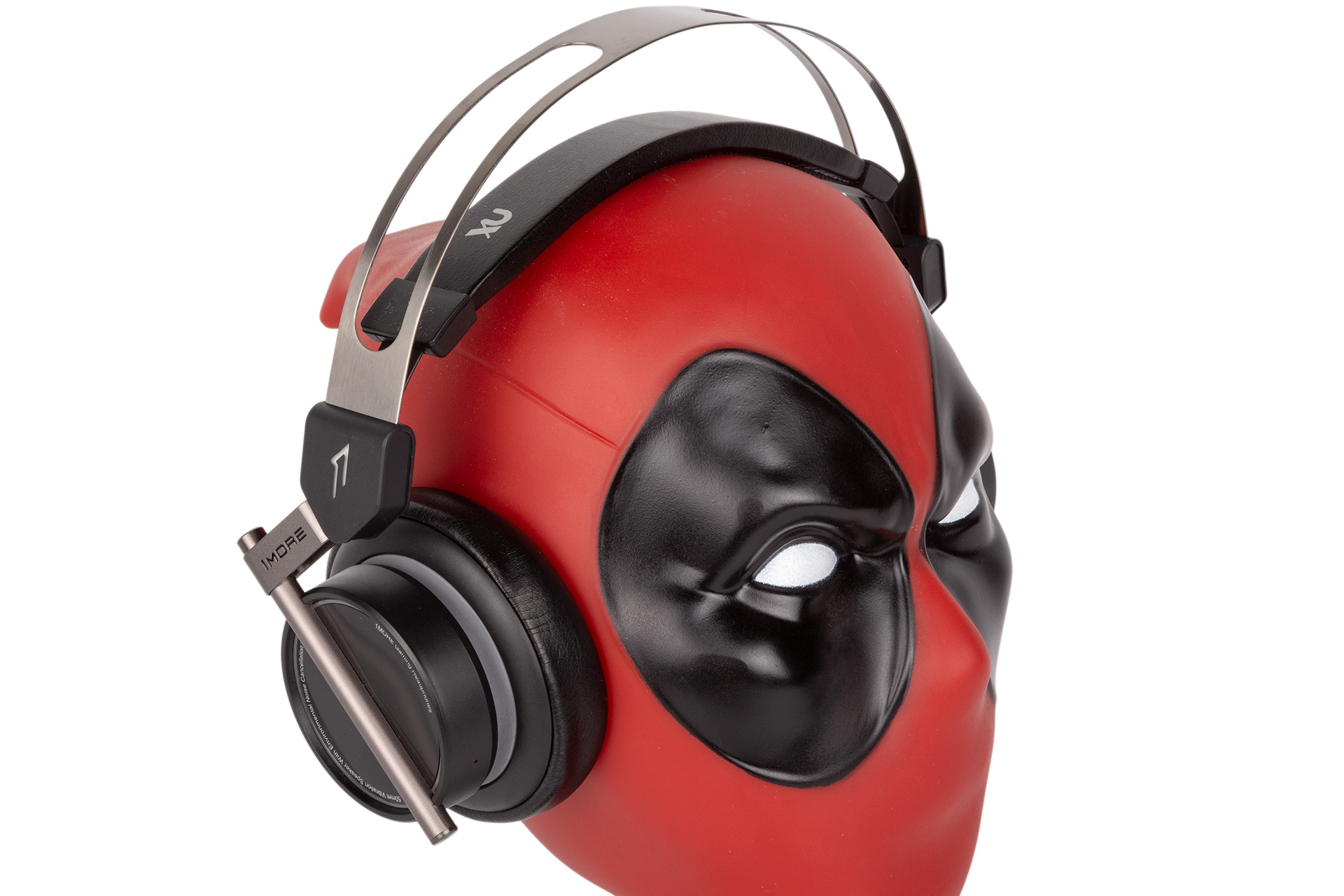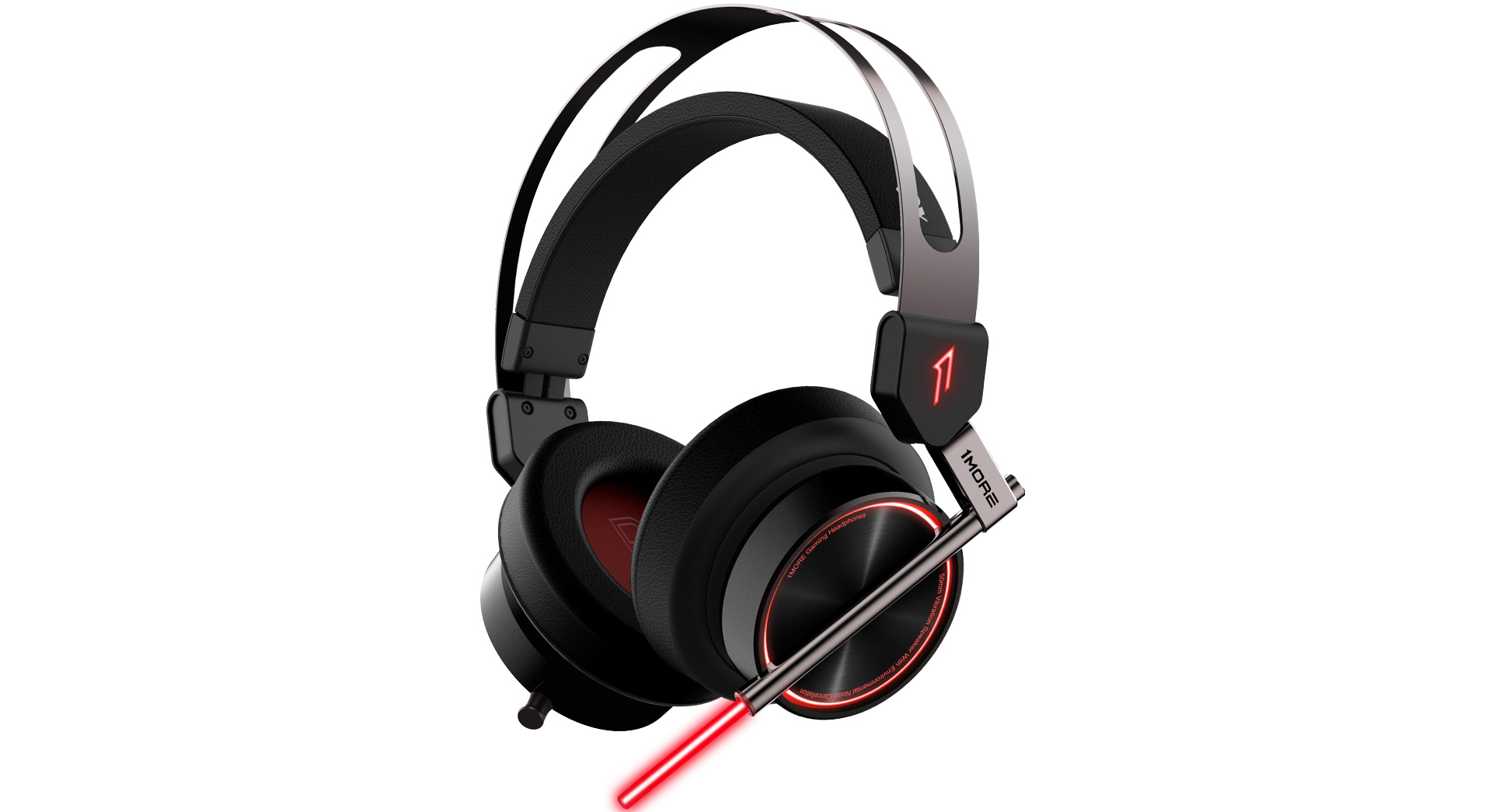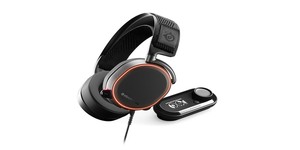
Performance and Software
3D audio tricks will never mask poor audio quality, though, no matter how clever, and unfortunately the Spearhead VRX just isn’t up to scratch here. My usual selection of test tracks sounded decidedly average – not what you’d expect for £200. The mid-range felt cluttered, and the bass boosting feature just felt like a cheap way to make up for deficiencies. There is a ridiculous amount of volume on tap (even 30 percent is pushing on too loud), and distortion on both the standard volume and the bass quickly becomes apparent at higher levels. I happened to have the SteelSeries Arctis Pro +GameDAC to hand, and the difference between them is night and day despite the comparable price tags.

With the basic software installed, you can access volume/bass boost sliders as well as one for microphone sensitivity. There are also EQ settings which you can customise (up to four) or set to one of eight presets that Spearhead says are ‘tuned by Grammy Award winning sound engineer Luca Bignard’. While a few of these do improve the stereo audio situation, it’s not by enough to elevate the headset to where it should be, and some of them are completely overdone.

While audio fidelity is lacking, then, I can’t deny that it packs a punch in action-packed films and games. The volume coupled with the bass boost feature (kept at a reasonable level) means such scenes carry considerable impact, and I enjoyed this side of the testing much more.

The RGB LED control is simple but works fine. All lights are controlled together as one, and effects are limited in scope compared to today’s ludicrous standards. Annoyingly, the LED light bar still lights up in response to sound even if you turn the LEDs off completely.
Microphone quality is acceptable but nothing special. Having it built into the frame makes for a more socially acceptable look if you venture out with it, I guess, but quality next to the SteelSeries rival again falls down. There is more obvious hiss on recordings, and while ENC does do away with this to a degree, it can’t help but make your voice sound weird as the noise cancellation unavoidably tries to combat at least a few of the frequencies that you yourself produce.
Of course, the key feature here is the aforementioned 3D audio technology called Waves Nx (the other PC-exclusive feature), with Waves being, in the words of Spearhead, a ‘Technical-Grammy Award winning innovator of state-of-the-art audio DSP algorithms and software’. What Spearhead is less upfront about, though, is that Nx is technology specifically designed to work with any stereo headphones to simulate realistic 3D audio. To be clear, the Spearhead VRX is still unique in its inclusion of gyroscopic sensors and software that works with these via Waves Nx algorithms, but just note that the manipulation of digital audio to simulate 3D (or surround) audio in stereo equipment is nothing new.

To activate it, you toggle a switch in a sub-menu of the software and use the positional map to check that your head is being tracked properly – it’s easy to reset it. Once activated, the effect is really quite staggering. Sat at my desktop, it immediately sounded as if the audio was now coming from my speakers, and the sound tracked very convincingly as I turned my head left and right to maintain this effect. Once the novelty of this wore off, though, I then asked myself, ‘Why on earth would I want this?’ I am still yet to find a proper answer.

One application is mimicking surround sound in films and games. Indeed, with the setting activated and playing FPS games or watching films with surround sound audio outputs, the 3D positioning is perhaps the best I’ve heard; I even successfully landed a kill after anticipating an enemy’s position based on incoming footsteps. The DTS Headphone:X 2.0 technology in SteelSeries’ Arctis Pro +GameDAC is also good in this regard, but head-to-head the VRX has the edge. In this case, though, the gyroscopes are useless since you’re always going to be looking straight ahead at your monitor.
That just leaves VR. Here, I am left only imagining that it works rather well given that the head tracking and 3D positioning both work well – I wasn’t able to actually test it. However, work is consistently being done in the field of VR to improve spatial audio effects – headsets already can provide the necessary gyroscopic data after all. As such, the technology you’re paying for here is limited in real-world usage, and it seems likely that it’ll become less relevant over time too. Another real annoyance is that there’s no onboard toggle, so if you want to see whether it works well in a particular game, you’re going to have to dive in and out of the software to hit the toggle - even worse in VR.

Conclusion
The Spearhead VRX is very comfortable and well constructed, but its price tag is far too inflated for the audio quality it offers. Aside from a few usability issues, the main problem seems to be Waves Nx adding considerably to the price (we assume) while amounting to little more than an interesting novelty with very few actual uses for PC gamers. If you’ve £200 to spend on a headset, the SteelSeries Arctis Pro +GameDAC remains top dog.

MSI MPG Velox 100R Chassis Review
October 14 2021 | 15:04






Want to comment? Please log in.